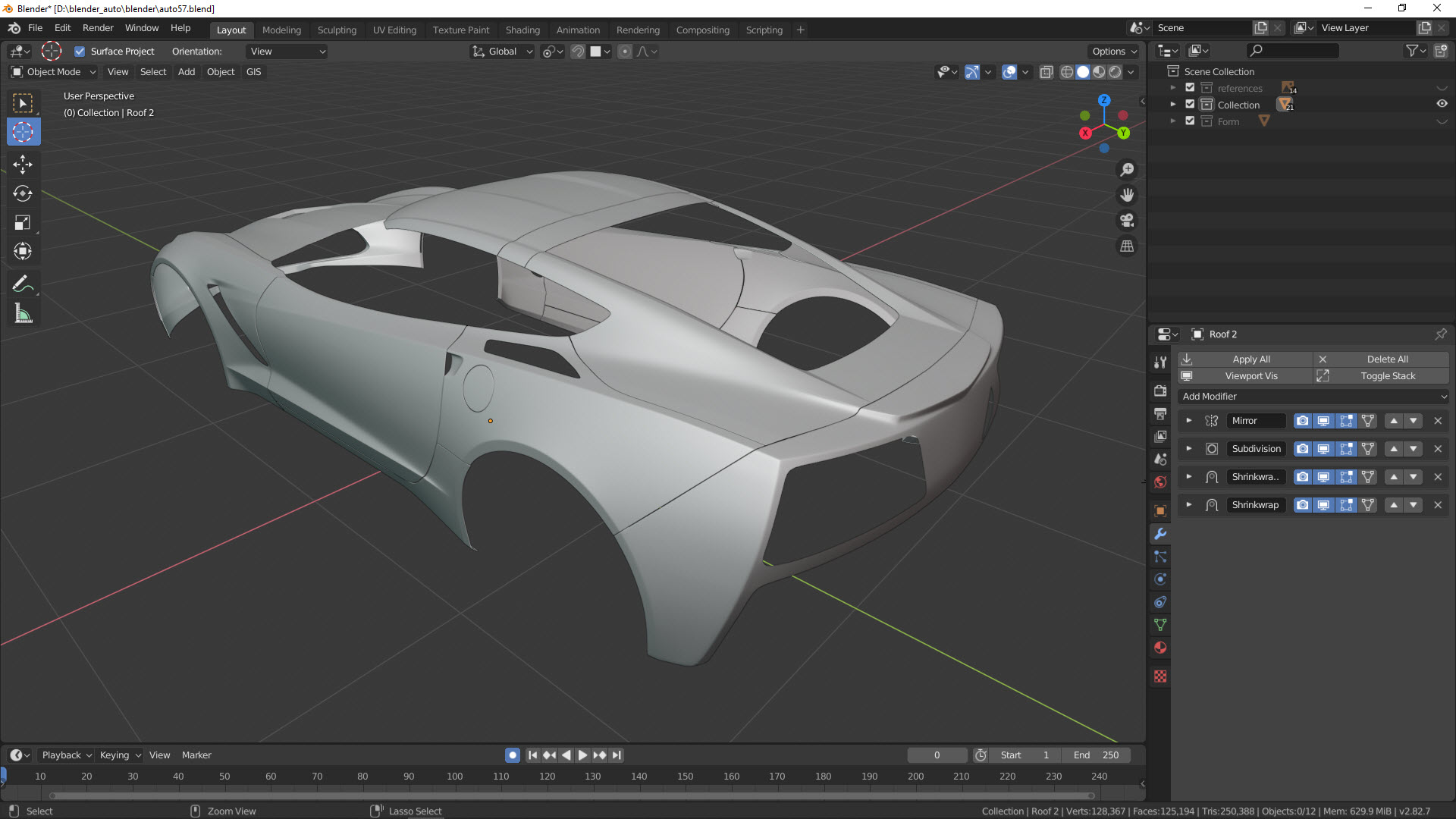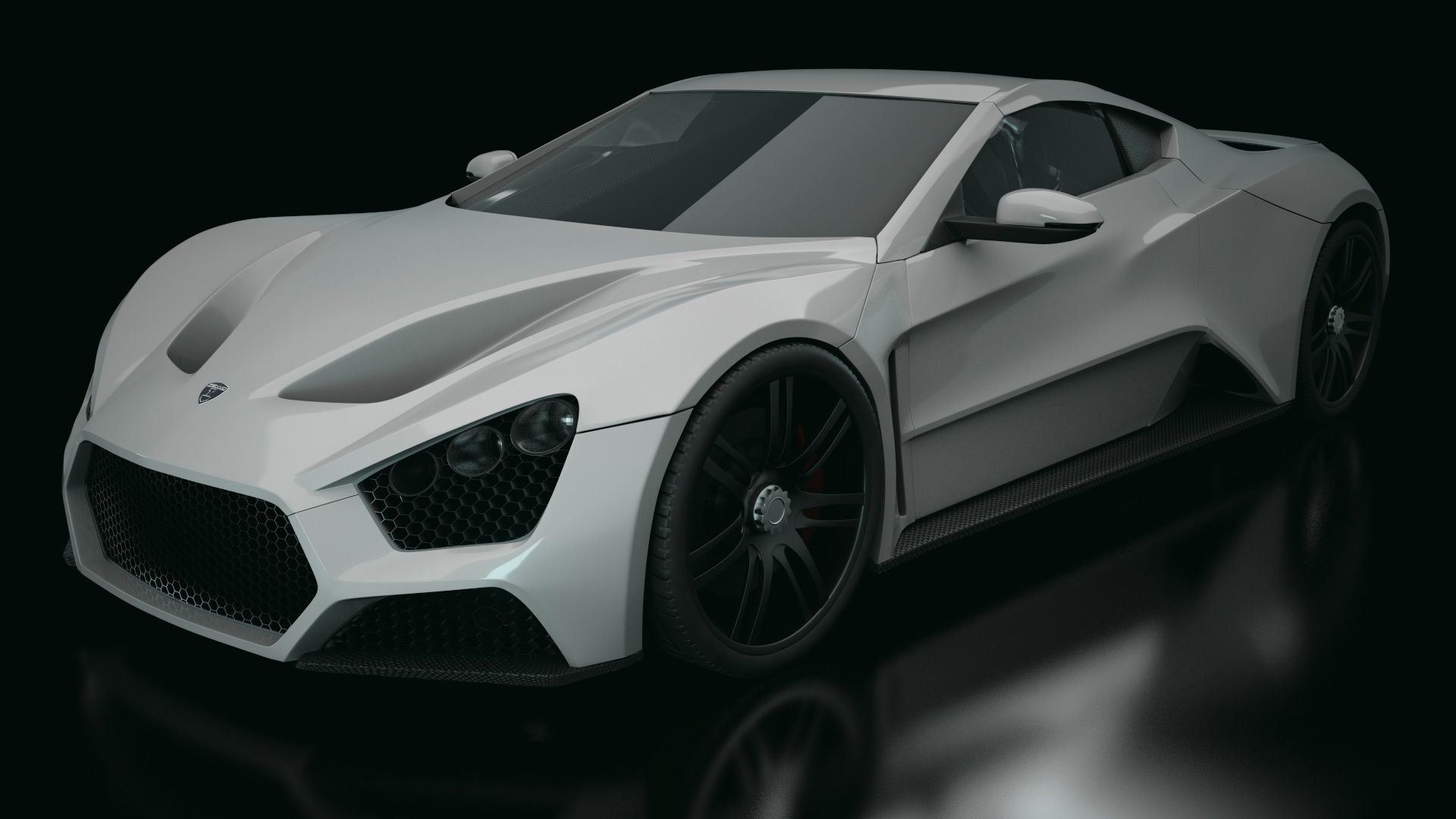
The image-to-3D model, on the other hand, was fed a set of images paired with 3D objects so that it learned to effectively translate between the two. The text-to-image model, similar to generative art systems like OpenAI’s own DALL-E 2 and Stable Diffusion, was trained on labeled images to understand the associations between words and visual concepts. Outside of the mesh-generating model, which stands alone, Point-E consists of two models: a text-to-image model and an image-to-3D model. (Meshes - the collections of vertices, edges and faces that define an object - are commonly used in 3D modeling and design.) But they note in the paper that the model can sometimes miss certain parts of objects, resulting in blocky or distorted shapes. To get around this limitation, the Point-E team trained an additional AI system to convert Point-E’s point clouds to meshes. (The “E” in Point-E is short for “efficiency,” because it’s ostensibly faster than previous 3D object generation approaches.) Point clouds are easier to synthesize from a computational standpoint, but they don’t capture an object’s fine-grained shape or texture - a key limitation of Point-E currently. Rather, it generates point clouds, or discrete sets of data points in space that represent a 3D shape - hence the cheeky abbreviation. Point-E doesn’t create 3D objects in the traditional sense.

According to a paper published alongside the code base, Point-E can produce 3D models in one to two minutes on a single Nvidia V100 GPU. This week, OpenAI open sourced Point-E, a machine learning system that creates a 3D object given a text prompt.

The next breakthrough to take the AI world by storm might be 3D model generators.


 0 kommentar(er)
0 kommentar(er)
